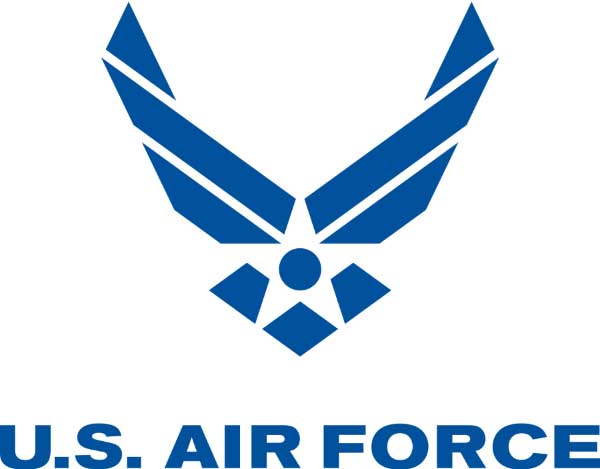Senvol ML Utilized for U.S. Air Force Multi-laser AM Program
Focus is on qualifying the EOS M400-4, developing baseline mechanical properties and design allowables, and making builds of heat exchangers and hypersonics-relevant parts.

Latest News
June 22, 2020
Senvol’s data-driven machine learning software for additive manufacturing (AM), Senvol ML, is currently being used to assist with a U.S. Air Force program that is a collaboration between Air Force Research Laboratory (AFRL) and Air Force Life Cycle Management Center (AFLCMC) focused on developing methodology for demonstrating airworthiness of multi-laser AM. The equipment being utilized is an EOS M400-4 quad laser powder bed fusion machine. The prime contractor on the program is the University of Dayton Research Institute (UDRI).
The collaborative program, titled “FlexSpecs,” is focused on qualifying the EOS M400-4, developing baseline mechanical properties and design allowables, and making demonstration builds of heat exchangers and hypersonics-relevant parts.
“AM has recently demonstrated the ability to rapidly deliver complex geometries and production quality parts that are able to enhance the capabilities of DoD weapons systems,” says Jessica Orr, program manager and materials engineering team leader for AM & Repair Technologies at UDRI, Jessica Orr. “A major challenge facing the use of AM for producing DoD relevant end-use parts is that the number of available large scale printers is likely to be limited for the next 5 to 10 years. In this collaborative program we are developing and demonstrating methodology to use a new multi-laser AM printer to produce airworthy, end-use parts.”
The Senvol ML software is being employed to assist with the development of the process optimization and characterization plan and to analyze all project data. “We’re thrilled to work with UDRI, AFRL, and AFLCMC on this program,” says Senvol President Annie Wang. “Our machine learning software, Senvol ML, is well-suited to assist with AM qualification, and this is a great example of that. In addition to helping to develop baseline mechanical properties and design allowables, the software will analyze data to evaluate laser-to-laser consistency, optimize bulk scan settings, identify preferred overlap patterns and parameters, and confirm uniformity over the entire build plate.”
“The overall objective of this program is to successfully demonstrate full scale M400, multi-laser prints of heat exchangers as well as hypersonics-relevant parts,” says Dr. Mark Benedict, materials scientist and program manager in the Propulsion, Structures & Industrial Technologies Branch, Manufacturing Technology Division, Materials and Manufacturing Directorate, AFRL, Air Force Materiel Command. “This is an area of need for the Air Force, and we look forward to the results.”
AFRL is a global technical enterprise, leading the discovery, development, and integration of affordable warfighting technologies for the U.S. air, space and cyberspace force. AFLCMC provides holistic life cycle management and sustainment of every major Air Force weapon system from inception to retirement. UDRI is a national leader in scientific and engineering research, serving government, industry and nonprofit customers.
Sources: Press materials received from the company and additional information gleaned from the company’s website.
Subscribe to our FREE magazine, FREE email newsletters or both!
Latest News
About the Author
DE’s editors contribute news and new product announcements to Digital Engineering.
Press releases may be sent to them via [email protected].






